It can be hard to know just what to expect from hearing aids. Here’s some great Deaf advice based on decades of hearing aid wear!
What to expect from hearing aids may seem like common sense.. until it’s you who gets them. It takes awhile get used to new hearing aids. It makes sense. I mean, you’re told to suddenly wear these things all the time which can be unsettling. Overwhelming, even.
I find it takes a little patience as well as elbow grease to get the maximum benefit, though.
Even me, who has probably had, what.. 15 different hearing aids? Each one took some time and adjustment, yep.
Granted, there’s a few weirdos who get them, wear them and never complain or say a word about them. THAT’S NOT TYPICAL.
In all my years of wearing them and knowing others who do, I’ve learned we share a lot of common ground with these suckers. So, I thought it would be helpful for newbies to learn what to expect from hearing aids direct from our collective experience:
Everything is louder.
OK, that’s expected. But, some things seem too loud. This is due to a combination of you not being used to the amplified sound and/or it also needs adjusting. A custom hearing aid has been programmed to work with YOUR very specific hearing loss. It’s working from a sound-map (an audiogram) that was made when you took your hearing test. In real life, some of those sounds will need to be made softer or louder to be tolerable initially then made comfortable over time as you adjust in different sound environments. That’s why it’s really important to tell your audiologist specifically what sounds are uncomfortably loud at the initial try-on AND why you should keep a log of these sounds to bring with you for subsequent adjustment appointments. The only way you’ll know what these sounds are is to wear the hearing aid (s) consistently, even in quiet environments or when you’re alone. This was how I recently discovered the sound of my own chewing sounded like Rufus the dog eating his dinner and my Honda suddenly sounded like a Ferrari.
Some things you haven’t heard in so long you may think you’ve never heard them.
The last time I got a new hearing aid, I stopped at Target on the way home and found out THEY PLAY MUSIC. I stood in the deodorant aisle MARVELING about this. It’s WEIRD, no? My dad discovered sprinklers made noise. A friend of mine revealed she couldn’t stand using public restrooms now that she knows peeing makes a noise. Everyone’s got a story.
Hearing aids can be uncomfortable, initially.
Like I said, some people sail through and others have issues (most of us). Regardless, there’s definitely a “breaking in” period where your ears can get sore or even itch a bit. A little bit of this is ok as your ear is greeting this foreign invader for the first time. If that little alien turns hostile you could try using a dab of Miracell or an oil product your audiologist can recommend until you can get back for your next adjustment – which can make a WORLD of difference. So, hang in there. And keep them clean, too. Wipe them off, use the little mini-tools you get in the box. That’s not exactly here or there, but the germophobe in me feels that adds to everyone’s comfort.
Hearing aids don’t (necessarily) give you a sense of directionality.
This is one of the arguments for getting two hearing aids. Hearing aid dispensers begin sounding like stereo salesman – touting a “surround experience”. That’s probably true and you should give it a whirl yourself especially if you had typical hearing at one time. I bet it’s an individual thing, though. Even when I wore two hearing aids, the ice cream truck would blow right past me as I was gleefully anticipating it, unfortunately looking in the opposite direction. Dusting me, holding my little dollar.
People may have trouble hearing YOU talk.
You’ve been talking at a volume you can hear yourself. Both before hearing aids and after. Now with the hearing aids, you can hear yourself at lower volumes and thus are lowering your voice. So, if you find people are straining to hear you/asking for repeats, you may be tempted to smartass them about karma/that the tables are seemingly turned, but you gotta resist that. It may take some time to get used to it, but start speaking louder. And while you’re at it, make sure you FACE people when you’re speaking, too. Be the light you want to see, guys.
Hearing aids can fly.
I’ve talked about this before. There’s a reason why they make those hearing aid leashes for little kids to clip onto their shirts. Not only do they chuck ‘em around because they don’t care (because they didn’t pay for them, obvs), but sometimes they tug on them or don’t get them completely secured in their ear which is really the key to keeping them safe/hanging onto them long term. Sure, they can be popped out due to the unexpected, but in reality it takes the force of whacking a ketchup bottle or ramming into someone and really how often does that happen? Behind-the-ear styles can simply flop off to the side but remain firmly attached by the mold. This of course will look ridiculous, especially because they’ll flap around like little bedsprings, so a quick recovery is recommended. I got rear-ended in LA once. That’s how I know.
Hearing aids will be forgotten.
Some day you may enter your shower stall and think, “Wow something’s really DIFFERENT in here.” You might even mentally go through the past week wondering if someone did a deep cleaning or what before the sound starts cutting out or you realize you’re still wearing your hearing aid and begin your hasty exit, squealing with shampoo tufts atop your head, blowing on the aid while scrambling for the dri-n-store, praying it still works. Similar drama ensues following a pool dive with it on. Less so after trying to figure out why the BEDSHEETS are whispering or that you dreamed about LARGE VOICES. You should also add them to the list of things to remove from pockets or beach bags before doing laundry.
Hearing aids will talk back to you.
My husband does this super cute thing which is wildly wiggling his ear mold when his ear itches. If the visual description wasn’t enough, it also sets off a trilling referee-style whistling. Which is, you know.. entertaining for the kids at home but when we’re in church or restaurants and people start looking around – no. The whistling or “feedback”, btw, is the result hearing aid not fitting snugly where it’s supposed to. This is common with kids because their ears are growing, or they don’t put the mold in to make it fit perfectly every time. But if you’re a member of the flyin-fig-referee-whistle-club like the above-mentioned people you may want to heed what it’s “telling” you and get it checked out.
They will talk some more.
With the advent of digital hearing aids, someone came up with the idea of a “battery warning” sound. Some of them beep/boop and some of them actually TALK to you. I could NEVER entertain the latter idea of some voice going off in my ear, but since I couldn’t get rid of the option altogether, I went with the former thinking it’s no biggie. Now, for someone new to hearing aids, this sounds pretty convenient. But honestly, it was hard for me to get used to at first because I was accustomed to being able to squeeze a battery for all it’s juice. Y’know, the equivalent of someone who likes to drive their car on E to see how long they can coast on fumes before running out of gas. Things would get quieter and quieter and finally, silent. But I could deal with it on my terms. Well, no more of THAT with the “battery warning” – not only did it CUT OUT any sound I was trying to hear, it filled the void with an annoying BOOP BOOP! It would be fine if I was at home, but of course IT NEVER HAPPENED THERE. It seemed to lie in WAIT for me to be doing something that I couldn’t smoothly extricate myself from to go cork-pull the thing from my ear canal, ruffle through my disaster-purse and change my battery. No. It was when I was giving a presentation in front of 100 people. BOOP BOOP! When was getting my nails done. BOOP BOOP! My favorite song in the car! BOOP BOOP! I was giving BIRTH! Ok that didn’t really happen BUT I SURE THOUGHT ABOUT IT. It knew better after I kept hissing, “…don’t you dare”. It gets a kick out of playing hostage.
It’s not going to sound exactly the “same”. Don’t expect it to.
For someone like me, who has never heard at what is considered “normal” levels, these statements don’t mean much. As technology advances, I get a new sound or two every few years, but I can’t discriminate how “natural” it sounds. But if you DID have typical hearing at one point and have experienced deafness as an actual loss of function, this statement understandably matters a lot! The difference for me with and without hearing aids is really night and day. I get a LOT from it. And if given a chance, you might get a lot from them too. But the reality is: hearing aids do not replace natural hearing. They can only attempt to enhance it. And they DEFINITELY CAN do that! You can work WITH it to give you a very positive, rewarding new normal. But you need to accept that that’s what it is. A NEW journey. Don’t look back. You’re not going that way.
Hearing aids are tools made by humans to wear on our bodies daily to enhance a function that has either diminished or has never existed in a person at typical capacity. We can’t expect something man-made to be a perfect clone of what God gave us. This is why we say to set realistic expectations. They are not perfect. This is WHY all this funny stuff happens.
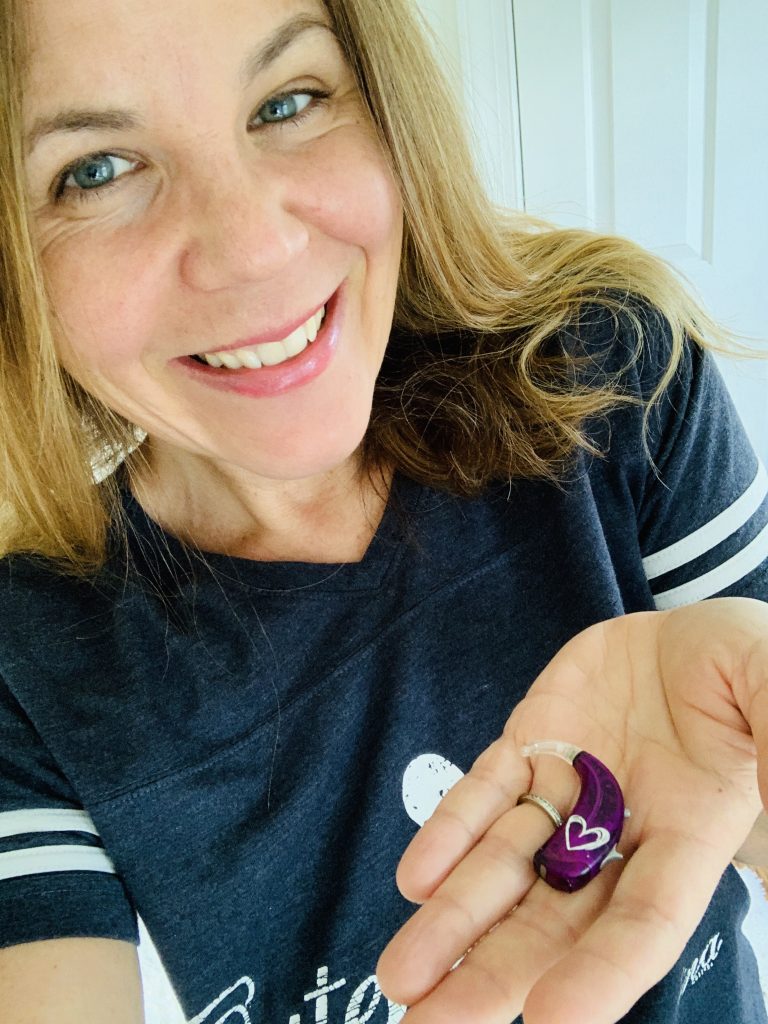

My final thoughts on what to expect from hearing aids
Hearing aids are imperfect. This is why we have to work with them, WEAR THEM, give them a chance, bring them in to be adjusted, use them in combination with other communication and living strategies such as sign language, lipreading, assertiveness, advocacy for them to do the most effective job. We adapt to them. The American Academy of Audiologists speaks to this point in their recommendations, too.
They can be a PIECE of the puzzle, but they are not a standalone miracle.
Rather, WE the wearer, the person, the communicator, the gap-filler, the human –
We’re the miracle.
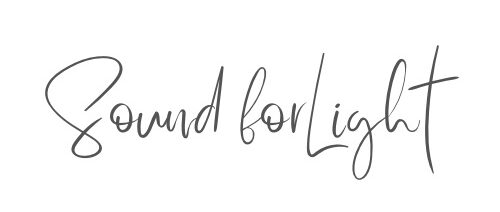
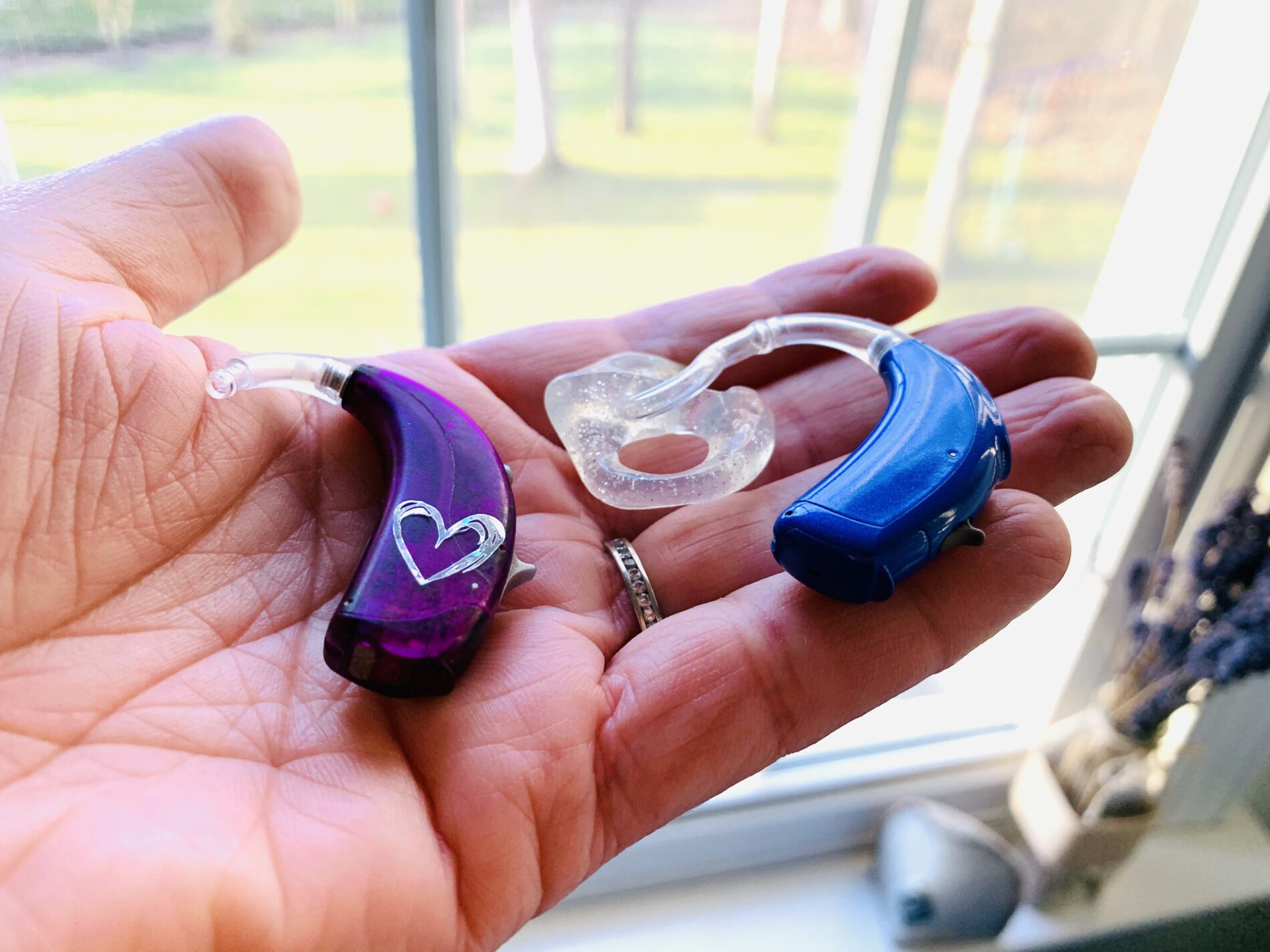



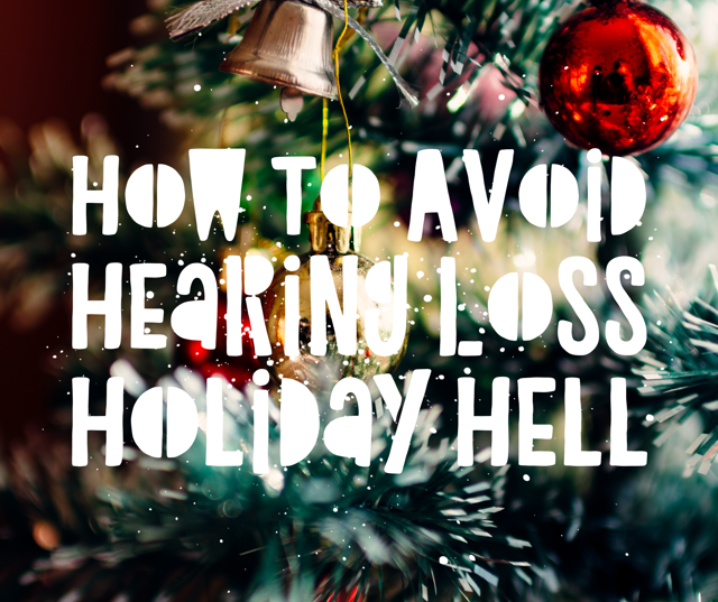
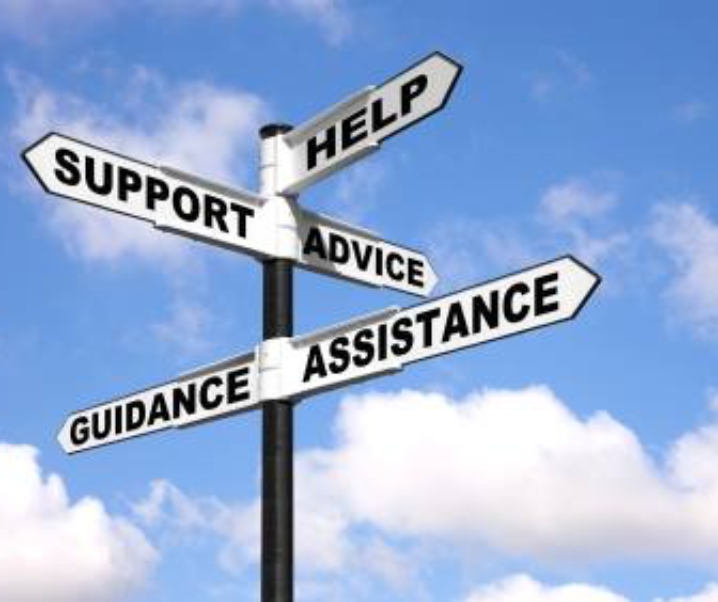
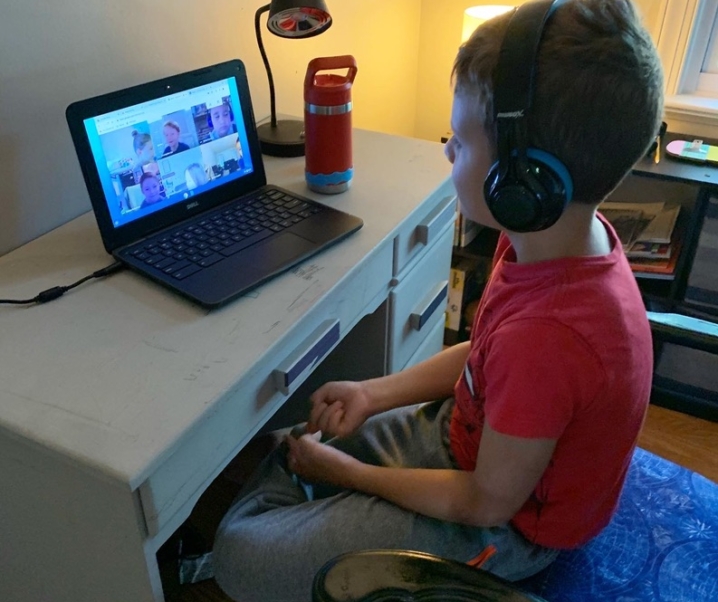
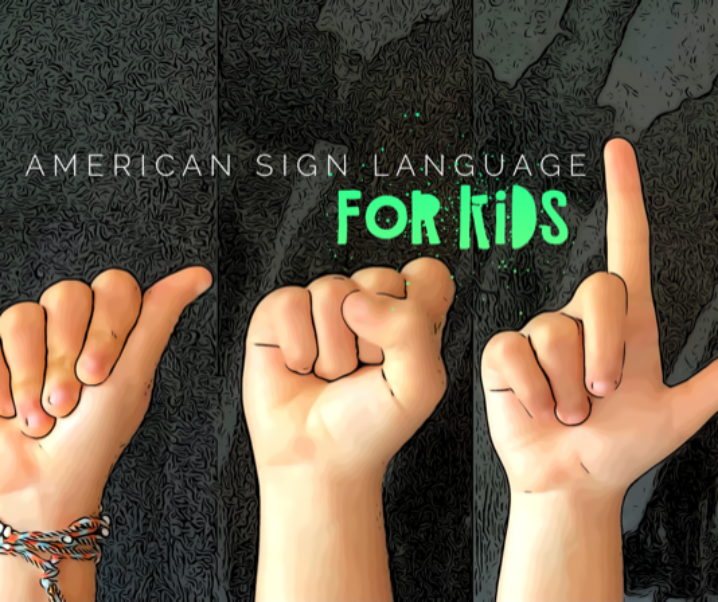

Mary Clark
January 17, 2020Jennifer, great job! I teach this stuff at Continuing Ed at the University under the Osher Lifelong Institute program. You’ve done a great job taking the fear and the anxiety out of what newbies typically go through. We all have stories – but you did a nice job curating the right stories to illustrate your points. Thanks!
Jennifer Stuessy
January 17, 2020Thanks Mary! Means a lot coming from you <3